The underwater world is full of surprises, and some of the most astonishing creatures are those that can generate electricity. Electric eels are perhaps the most famous, but they’re not alone in their shocking abilities. From fish that use electric fields to navigate murky waters to those that stun their prey with powerful jolts, bioelectric animals are truly remarkable. These creatures have evolved fascinating adaptations that allow them to harness the power of electricity in ways that seem almost magical. Let’s explore some mind-boggling facts about electric eels and their equally impressive bioelectric cousins.
Electric Eels Aren’t Actually Eels
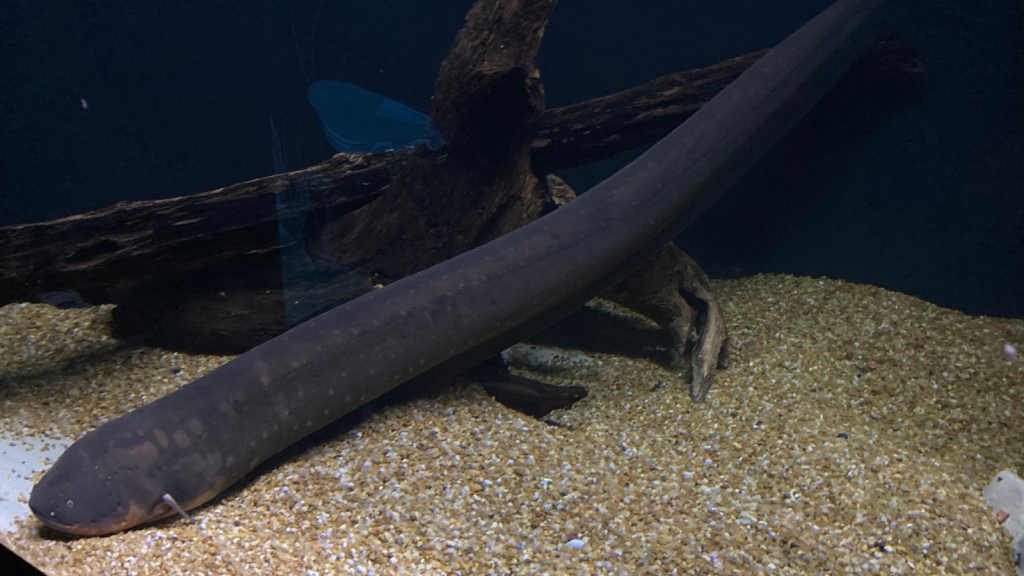
Despite their name, electric eels are more closely related to catfish and carp than true eels. They belong to the knifefish family and are technically classified as a type of fish. These creatures can grow up to 2.4 meters long and weigh up to 20 kilograms, making them quite the impressive sight in the Amazon and Orinoco river basins where they live. Unlike true eels, electric eels must surface to breathe air, as their gills alone are not sufficient for oxygen uptake.
The Shocking Power of Electric Eels
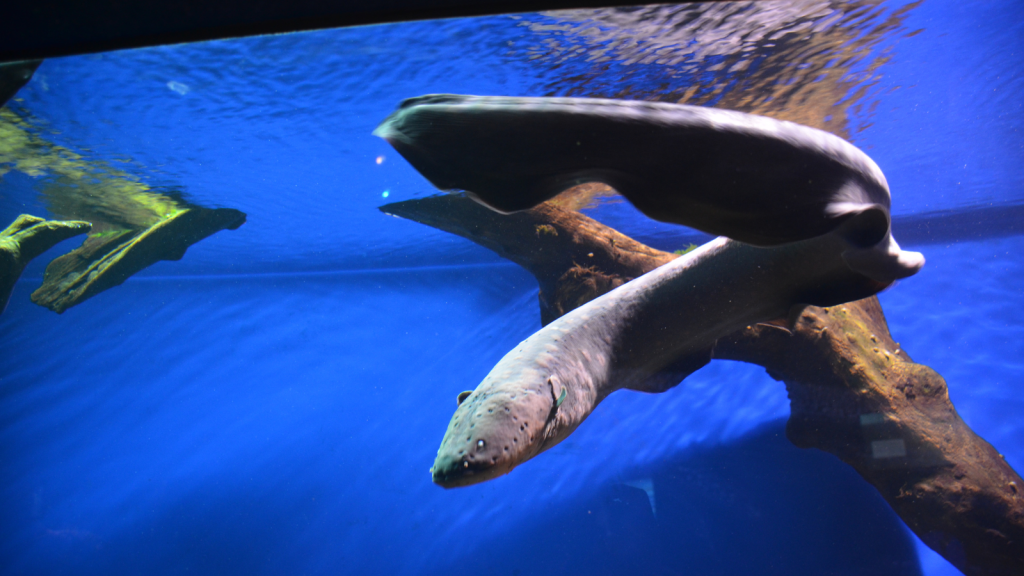
Electric eels can generate up to 860 volts of electricity, which is enough to power multiple households simultaneously. This impressive output is produced by special cells called electrocytes, which make up about 80% of the eel’s body. When threatened or hunting, these cells release their charge all at once, creating a powerful electric shock. Interestingly, electric eels can control the strength of their electrical discharge, using lower voltages for navigation and communication, and higher voltages for hunting and self-defense.
Bioelectric Creatures Use Electricity for Navigation
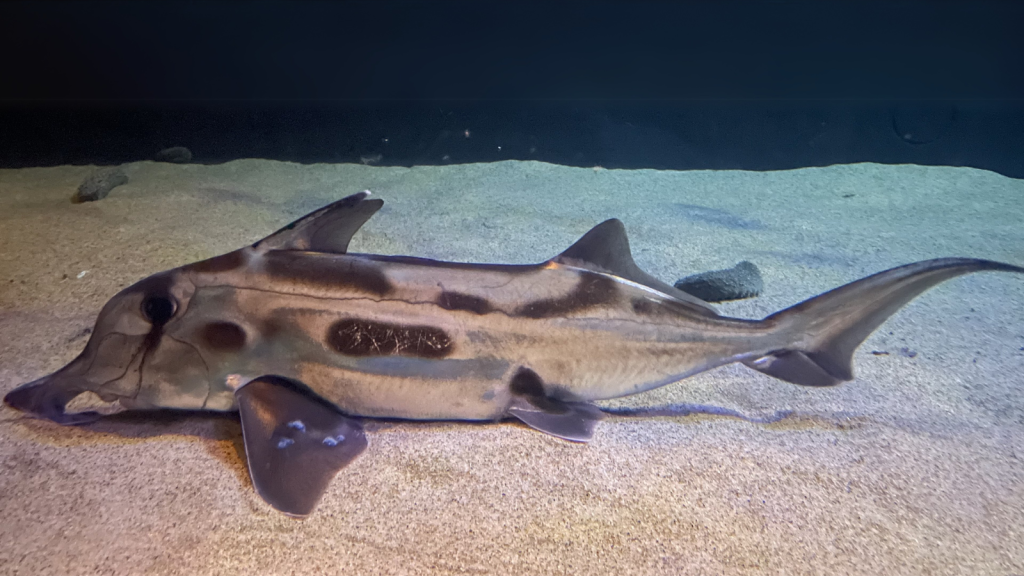
Many bioelectric fish, like the elephant-nose fish, use weak electric fields to navigate and communicate in murky waters. They generate a weak electric field around their body and can detect distortions in this field caused by nearby objects or other fish. This ability, called electrolocation, allows them to “see” in environments where visibility is poor. Some species can detect objects as small as a grain of sand using this remarkable sensory system.
The Stargazer Fish: A Shocking Ambush Predator
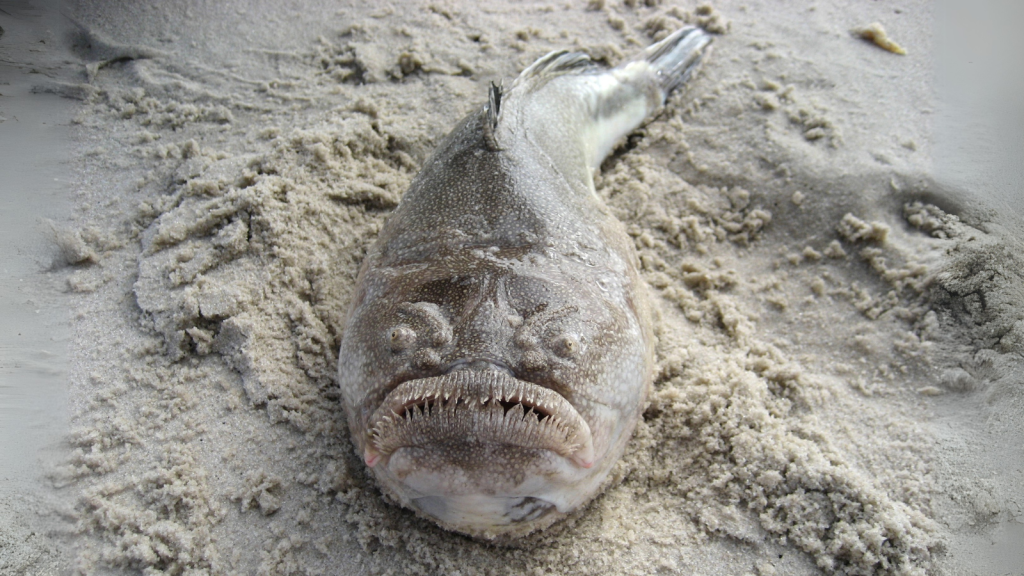
The stargazer fish, found in both tropical and temperate waters, buries itself in the sand with only its eyes and mouth visible. When unsuspecting prey swims by, it leaps out and stuns them with an electric shock of up to 50 volts. This clever hunting strategy makes the stargazer a formidable predator on the ocean floor. The stargazer’s eyes are positioned on top of its head, giving it an excellent view of potential prey swimming above.
Electric Rays: Nature’s Taser
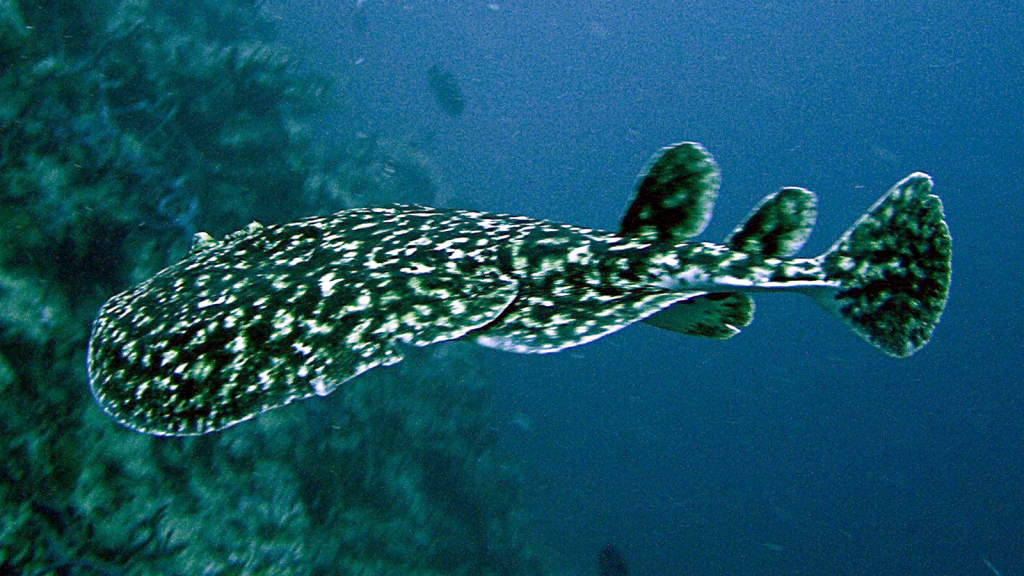
Electric rays can produce shocks of up to 220 volts, which they use for both hunting and self-defense. These flat, disc-shaped fish have electric organs on either side of their head, allowing them to deliver powerful shocks to potential predators or unsuspecting prey. Some species of electric ray can even knock an adult human off their feet! The largest species, the Atlantic torpedo ray, can grow up to 1.8 meters in length and weigh up to 90 kilograms.
Bioelectricity Helps in Wound Healing

Recent studies have shown that bioelectric signals play a crucial role in wound healing and regeneration in some animals. Electric fields generated by injured tissues help guide cells to the wound site and promote healing. This discovery has exciting implications for regenerative medicine and could lead to new treatments for injuries in humans. Researchers are now exploring ways to manipulate bioelectric signals to enhance wound healing and potentially regrow lost limbs or organs.
The Gymnotiformes: A Whole Order of Electric Fish
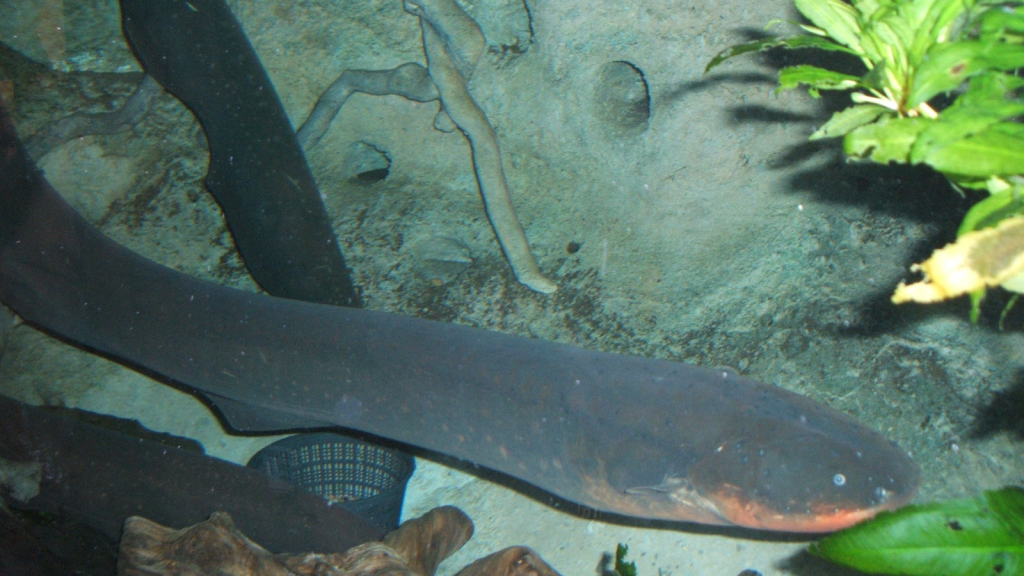
The order Gymnotiformes, which includes electric eels, consists entirely of weakly electric fish. These fish, found in South and Central America, use their electric abilities primarily for communication and navigation rather than hunting or defense. Some species in this order can generate up to 100 discharges per second! The diversity within this order is remarkable, with some species specializing in high-frequency discharges for precise navigation, while others use low-frequency pulses for communication.
Bioelectric Creatures Can Sense Earth’s Magnetic Field
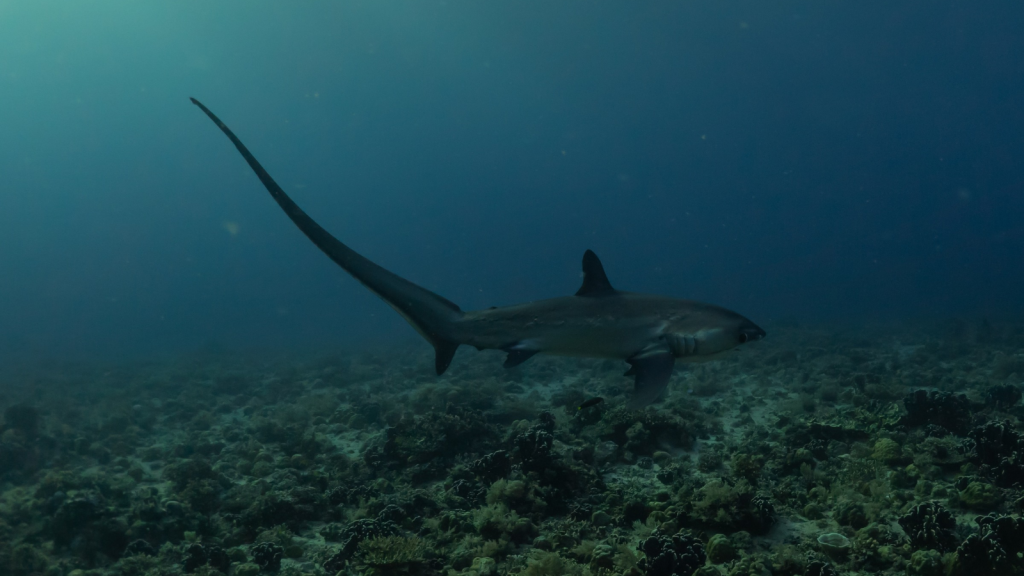
Some bioelectric animals, like sharks and rays, can detect Earth’s magnetic field using special organs called ampullae of Lorenzini. These jelly-filled pores in their skin are extremely sensitive to electric fields and help these creatures navigate during long migrations across vast ocean distances. This ability is so precise that some sharks can detect voltage gradients as small as five billionths of a volt per centimeter.
Electric Catfish: Africa’s Shocking Predator
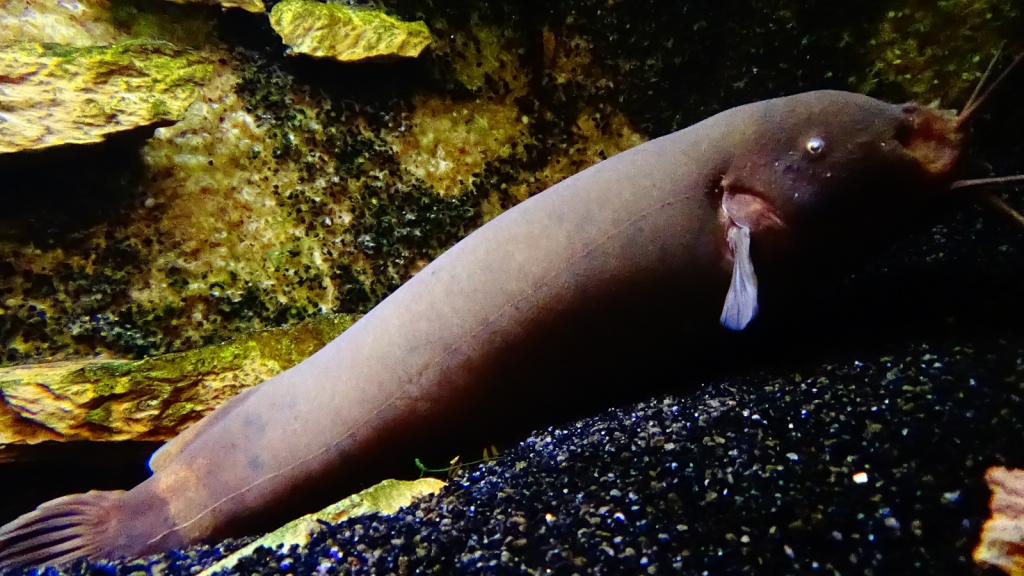
The electric catfish, found in the Nile River and other parts of Africa, can generate electric shocks of up to 350 volts. Unlike electric eels, these catfish use their electric organs primarily for defense rather than hunting. When threatened, they can deliver a powerful shock that deters most predators. Electric catfish have been known to Africa for thousands of years, with ancient Egyptians depicting them in their artwork and even using them in medical treatments.
Bioelectricity in Plants

It’s not just animals that use bioelectricity. Some plants, like the Venus flytrap, use electrical signals to trigger their rapid closure when catching insects. These electrical impulses travel through the plant’s tissues, allowing for quick responses to environmental stimuli. Recent research has shown that plants use bioelectric signals to respond to stress, regulate growth, and even communicate with neighboring plants.
Electric Eels Inspired the Design of Early Batteries

In the 18th century, scientists studying electric eels helped inspire the design of the first electrical batteries. The structure of the eel’s electric organs, with many cells stacked in series, provided a model for creating the first voltaic pile, a precursor to modern batteries. Alessandro Volta, the inventor of the electric battery, explicitly credited his observations of electric eels as a key inspiration for his groundbreaking invention.
Humans Have Bioelectric Properties Too
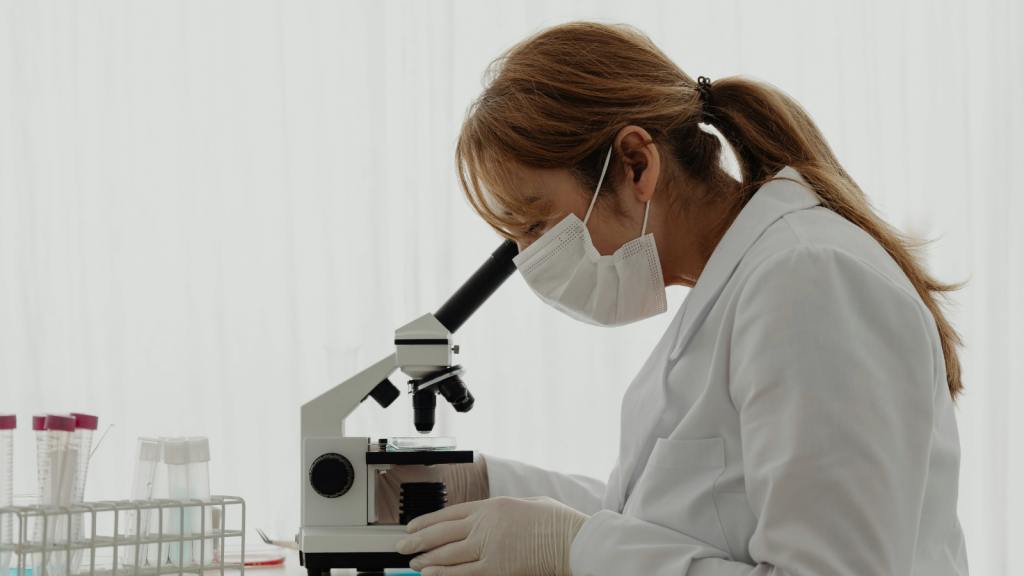
While we can’t generate electric shocks like eels or rays, the human body does have bioelectric properties. Our nervous system relies on electrical impulses to transmit information, and our hearts are regulated by electrical signals. Understanding bioelectricity in animals could lead to advancements in treating human neurological disorders and heart conditions. Some researchers are even exploring the use of bioelectric therapies to treat cancer and promote tissue regeneration in humans.
Becky is a fervent wildlife enthusiast and pet care expert with a diploma in canine nutrition. Her love for animals stretches beyond the domestic, embracing the wild tapestry of global fauna. With over a decade of experience in animal welfare, Becky lends her expertise to OutlandishOwl through insightful articles, captivating wildlife information, and invaluable guidance on pet nutrition. Her work embodies a deep commitment to understanding the intricate lives of animals and a passion for educating others on sustaining natural habitats. Becky's hands-on conservation efforts and her knack for translating complex dietary science into practical pet feeding tips make her an indispensable voice for creatures great and small.




